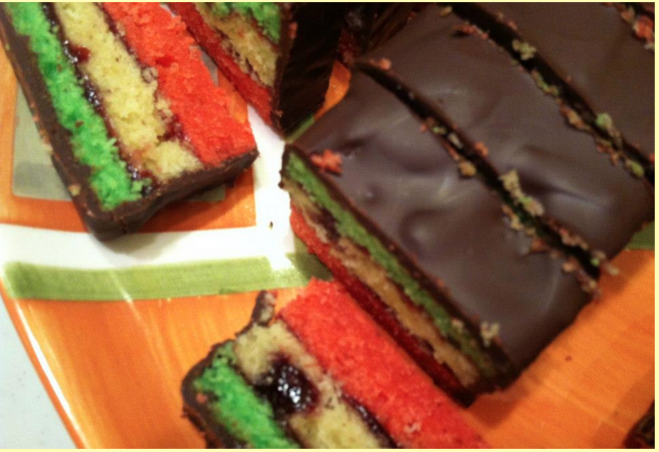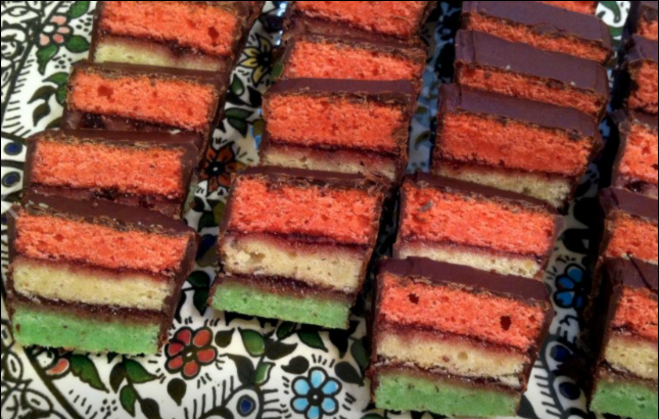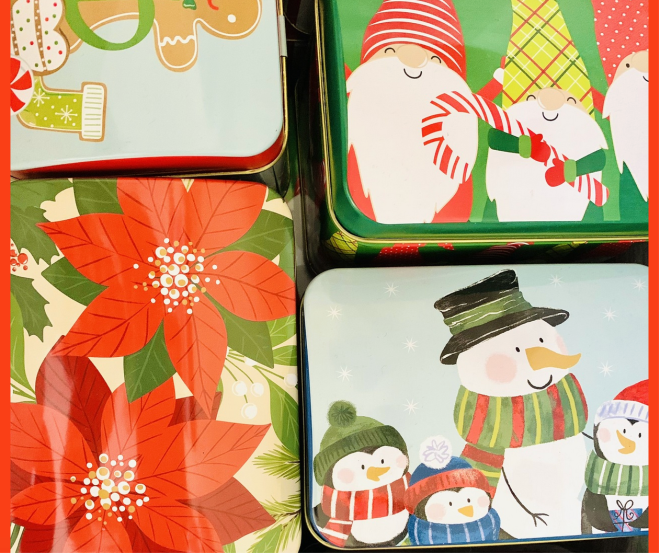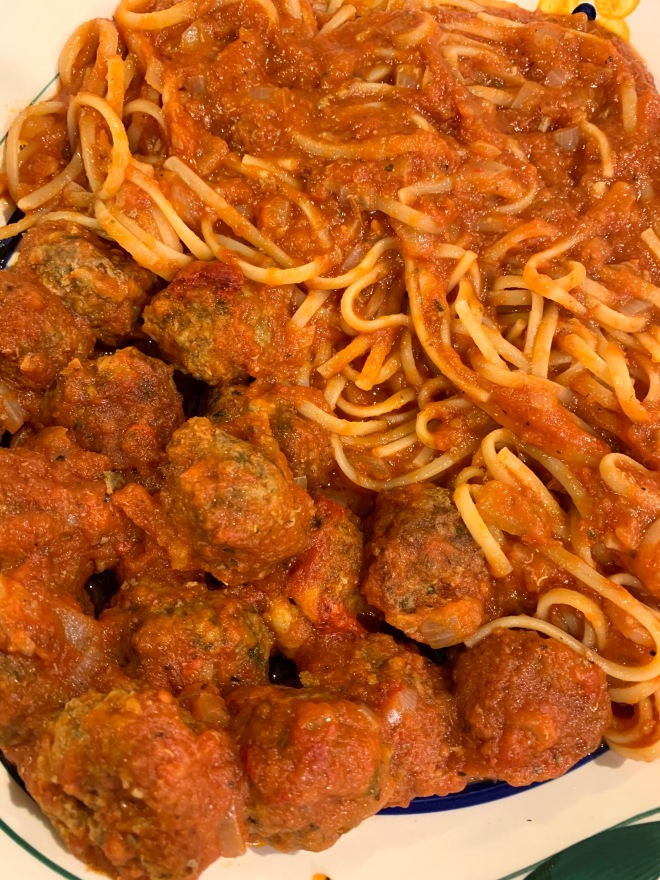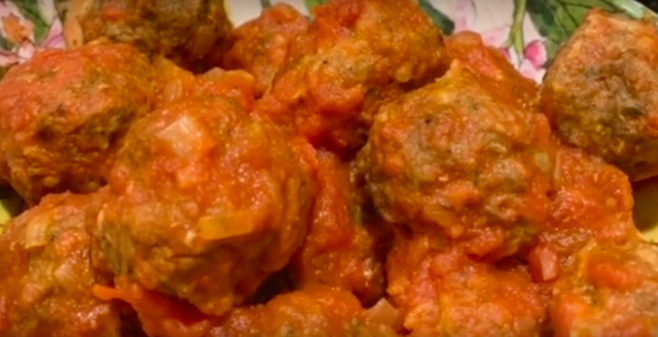
It’s spring. The best time to find some fava beans. (Although, because food tends to travel long distances, you may find them during other seasons.)
When I worked at Batali’s restaurant, Lupa, in NYC, springtime fava beans were on the menu every day. In the prep kitchen, shucking the beans was a daily routine. We shucked and parboiled with love. And the beans ended up in pasta, vegetable sides, and appetizers. I LOVE them.
You can often find them at international markets. When you buy them, buy a lot. The pods are bulky and once you get the beans out, the volume shrinks to about a quarter of the original beans-in-the-pod. But the little beans are rich, in a vegetable-healthy way.

Here’s a recipe for a quick pasta dish with fava. I added shallot and mushrooms and a little bit of fresh herbs — basil & parsley — to go with spaghetti.
First: break open the pods and remove the beans. Discard the pods.

Now: bring a medium saucepan– half-way filled with water — to a boil. Add a little salt, add beans. Par-boil for about 1-2 minutes. Then drain, and run under cool water. We’re not trying to cook the beans here. We want to loosen the shell coating.
Here’s where it gets a little tedious (but so worth it!): peel shell off of each bean. I usually pull from the thick bump on one end of the shell.

Inside the tender beans are bright deep green.

Now you’re ready to start your pasta sauce. Put a pasta pot of water on the stove to boil. Sauté a minced shallot and a handful of sliced mushrooms, and your fava beans in a few tablespoons of olive oil. Cook at a lively simmer for about 3 minutes. Then add a 1/4 of dry white wine. Let it simmer and almost evaporate.
I love some toasted breadcrumbs with this dish. Just add a 1/2 cup of breadcrumbs or Panko to a small frying pan. Add a drizzle of olive oil, and sauté until browned.

As your fava/mushrooms mixture cooks, boil some spaghetti. When spaghetti is done, drain (reserving a cup of pasta water), add to sauté pan with fava. Cook for another 2 minutes, coating pasta with sauce. If too dry, add pasta water and a little olive oil. Then a handful of the breadcrumbs.

Mix them in. Serve. Eat. Mangia. Enjoy!

Spaghetti with Fava Beans and Mushrooms
1 1/2 pounds fava bean (in pods)
2-3 tablespoons olive oil, plus more for drizzling
1 shallot, peeled and minced
1 cup sliced mushrooms
1/2-3/4 pound spaghetti
1/4 cup dry white wine
1/2 cup breadcrumbs or Panko
handful basil and or parsley leaves, rough chopped
salt to taste
Shuck the beans from the pods. Discard pods. Bring a half pot of water to a boil in a medium saucepan. Add beans and boil for 1-2 minutes. Drain and rinse in cool water.
Peel shells off of fava beans. Heat 2-3 tablespoons olive oil in a large saute pan. When hot, add minced shallot, sliced mushrooms and fava beans. Saute until the mushrooms brown. Add the wine and let evaporate. Season with salt. Cook for about 5 minutes.
Meanwhile, heat a pasta pot of water to a boil. Add spaghetti and cook to al dente. When done, drain (reserve a cup of pasta water) and add to pan with vegetables. Toss to coat, cook for 2-3 minutes more. Add more olive oil or pasta water if too dry. Add a handful of toasted breadcrumb. Mix in. Add herbs. Taste for seasoning, add more salt if needed. Serve.
